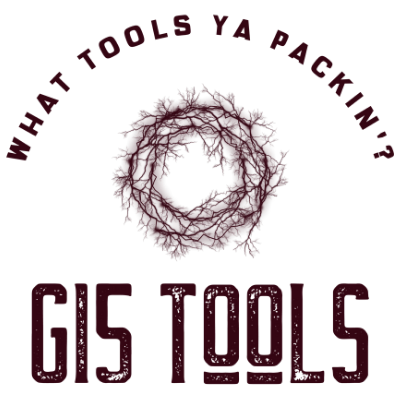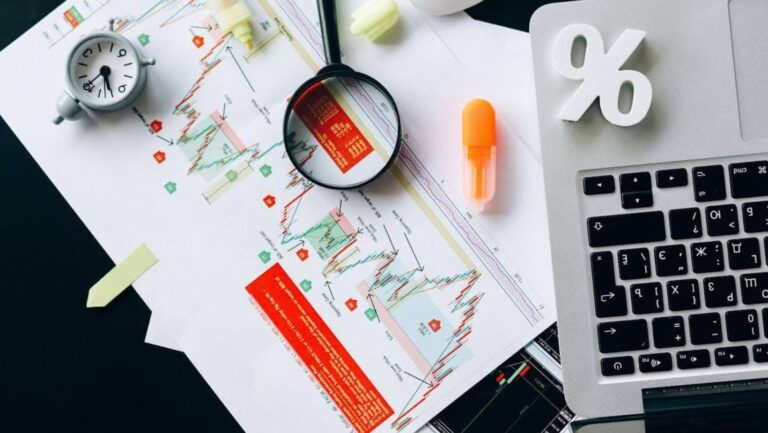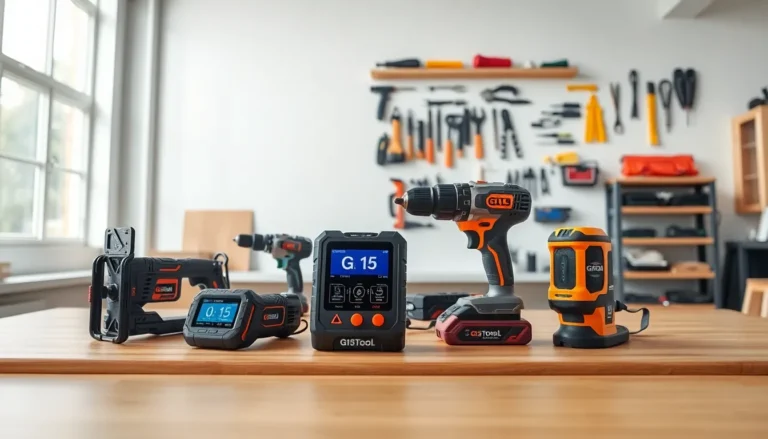Have you ever stared at your banking app, frozen pizza in hand, wondering if you could really afford a surprise dentist bill right now?
You’re not alone. Most people today live digitally and spend digitally, but very few think digitally when it comes to financial safety nets. We’ve got payment apps, crypto wallets, stock-trading platforms, and more ways to buy a coffee than reasons to actually leave the house. But when life pulls the rug—car breakdown, sudden job loss, medical expense—it’s not the fancy tech that saves us. It’s what we did with it before the panic.
In this blog, we will share how to build a financial backup plan in a digital-first world, explore what tools to trust (and what to ignore), and give you practical tips to make your money show up when it really counts.
Start with the Basics: What Will You Actually Need?
It’s easy to overthink planning for an emergency. Some people think they need six months of salary. Others believe $500 in a separate account is enough. The truth is, you should plan for what would actually throw your life into chaos.
Would it be missing rent? Paying out-of-pocket for a cracked tooth? A tow truck and a new alternator?
List out three things that would put you in a bind if they happened today. That’s your starting point. Add up what those would cost. Then think of how often these issues pop up in your life or for people you know. That’s how you find your real number.
And while we’re here, let’s talk about where to save emergency fund money. Hiding it in your regular checking account? That’s a setup for accidental shopping sprees. Stashing it in stocks? Not smart if you might need the cash fast. The most effective spot is somewhere it earns a little interest but is still easy to grab—like a high-yield savings account at an FDIC-insured bank. You don’t need it to grow fast. You just need it to be there. Not buried in your budget. Not locked in a CD. Not floating in crypto.
A backup fund should feel like a fire extinguisher. You hope you never touch it, but it better work the moment you do.
The Illusion of Control in a Screen-Filled Life
We’ve never had more visibility into our money. Apps buzz with reminders. Our phones cheer when we pay off debt. Charts rise and fall like the stock market is just a colorful game. But here’s the irony: while we feel more “informed” than ever, many of us have no real backup plan.
Digital tools are fantastic for tracking spending and investing spare change. But most of them aren’t built with your future emergency in mind. They’re built to keep you engaged, not necessarily protected. And that difference matters.
In 2023 alone, the U.S. saw a record number of tech layoffs. High-paid, well-educated professionals were left scrambling. Many turned to GoFundMe not because they were irresponsible, but because they had been living paycheck-to-app, not paycheck-to-stability.
This isn’t just a tech worker problem. Gig workers, small business owners, even remote employees face similar risks. The digital world may have changed how we earn and spend, but it hasn’t changed the one truth about money: bad days are expensive. And they usually show up without an invite.
Tech Is Your Tool, Not Your Plan
A good plan starts with mindset, not software.
Too many people think downloading a financial app is the plan. They connect their accounts, they see their net worth, and they walk away feeling accomplished. But financial visibility isn’t the same as financial preparation.
Here’s how to use tech well in this space:
- Use automation to your advantage. Set up automatic transfers into a dedicated savings account each time you get paid. Even $20 a week adds up. Let tech build the habit for you.
- Label your accounts clearly. If it’s your backup fund, name it that in your banking dashboard. “Oh-no-money” works too. You’ll be less tempted to dip into it.
- Don’t mix tools with goals. An investing app might help you retire, but it won’t help you pay the plumber when your sink explodes at 11 p.m. Different needs, different tools.
- If your job is unstable, make alerts your friend. You can set up notifications for when your balance drops too low, when bills are due, or when spending spikes. It’s like having a money bodyguard who texts you instead of throwing shade.
The key is not just using tools, but using them intentionally. The flashiest app is worthless if it doesn’t support your actual plan.
What Society Gets Wrong About “Preparedness”
There’s a weird kind of shame culture around financial planning. Either you’re a doomsday prepper with cash in your mattress, or you’re told to “live a little” and ignore savings entirely.
Neither mindset fits today’s world.
The digital-first economy is unpredictable. Job security is a myth for many industries. Medical costs swing wildly. One big vet bill or a tax error can knock someone out of their comfort zone.
But here’s the thing: building a backup plan isn’t about being paranoid. It’s about respecting reality.

The irony? Most people only feel broke when they don’t have one. When you know you’ve got three months of rent tucked away, your brain rests. You negotiate harder. You make better choices. It’s not fear. It’s power.
That’s the kind of mental space worth buying.
Building for the Long Haul (Without Going Broke Now)
Let’s get practical. What if your budget feels too tight to “set something aside”?
Start with these small, repeatable steps:
- Round up purchases and save the change. Many apps do this now. You won’t miss 50 cents, but over time, it builds.
- Funnel surprise money—bonuses, gifts, refunds—into your backup plan before your brain decides it’s “fun” money.
- Review subscriptions. Cancel the ones you forgot existed. Funnel that saved money into your backup account.
- Use cash-back tools or reward programs and divert those gains into savings.
None of these are huge moves. But they create momentum. And momentum builds habit. That’s the real goal: not just having a plan, but living it.
The bottom line? In a world of layoffs, rising costs, and vanishing safety nets, digital tools help—but they’re not the plan. Real protection comes from thinking ahead, not just tapping an app. It’s not about flashy dashboards, but about knowing you’re covered when life goes sideways. That quiet confidence? It’s the smartest move you can make today.




